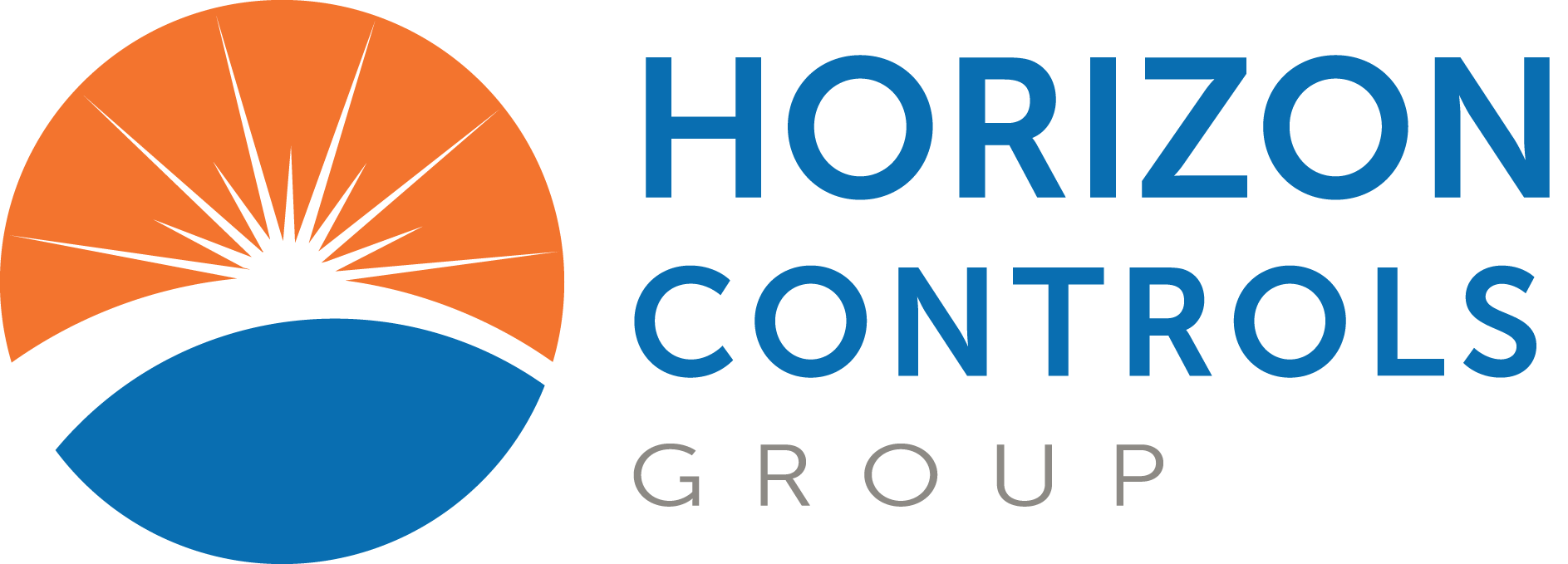DeltaV Live vs. DeltaV Operate: Key Differences Life Sciences Manufacturers Should Know

Emerson's DeltaV™ Live represents a major advancement in human-machine interface (HMI) technology, specifically designed to enhance operational efficiency in life sciences manufacturing. With its modern, intuitive, and user-friendly platform, DeltaV Live helps pharmaceutical and biotech companies improve compliance, streamline batch operations, and enhance process visibility.
As life sciences manufacturers plan their transition from DeltaV Operate to DeltaV Live, understanding the conversion process, key features, and strategic timelines is essential for seamless integration and continued regulatory compliance.
Key Differences between DeltaV Live and DeltaV Operate
While both DeltaV Live and DeltaV Operate offer powerful HMI functionalities, there are key differences that manufacturers in the life sciences industry must consider when upgrading:
- User Interface Design
DeltaV Live uses modern HTML5-based graphics, providing a flexible, intuitive, and mobile-compatible interface. In contrast, DeltaV Operate relies on proprietary graphics that require additional work and impose limitations on cross-platform compatibility. Transitioning to DeltaV Live offers improved accessibility and user-friendly capabilities. - Graphics and Customization
DeltaV Live's scalable graphics engine allows operators to quickly customize displays, enabling scalable, zoomable graphics with built-in navigation focused on what matters, thereby enhancing situational awareness and decision-making. Engineers can accommodate requests with minimal scripting, working with class-based functionality and out-of-the-box features from Graphic Studio, thereby reducing engineering time and potential errors. DeltaV Operate, however, requires more effort to modify and scale graphics, making it less efficient for rapid updates. - HTML5 and Cross-Platform Mobility
DeltaV Live natively supports HTML5, enabling cross-platform access from virtually any device without requiring conversions. This capability allows for remote monitoring of operations, a significant advantage for global life sciences manufacturers. DeltaV Operate lacks this flexibility, limiting access to mobile and remote platforms. - Alarm and Historical Data Integration
DeltaV Live integrates alarm visibility and historical trending, providing real-time access to critical data. This supports proactive monitoring and quick decision-making. In contrast, DeltaV Operate requires additional configuration to manage alarm visibility, potentially leading to inefficiencies during high-pressure situations. - Industry Standards and Compliance
DeltaV Live is designed with industry standards in mind, including ISA 101.01 and best practices from the Center for Operator Performance (COP). This design ensures that DeltaV Live is aligned with evolving regulations in the life sciences sector, making it a future-proof investment. - Multi-Language Support
DeltaV Live allows selection of up to eight languages that operators can change on the fly, facilitating global operations and speeding response times. - Simplified Display Creation
The platform enables the creation of intuitive displays with minimal or no scripting required, reducing engineering effort and the potential for errors. - Integrated Historical Trending and Alarm Visibility
Operators have constant visibility and access to the most important alarms and historical data, supporting proactive monitoring and response.
How Emerson Supports Your DeltaV Live Upgrade
Emerson has introduced the DeltaV Live Conversion Service to facilitate a smooth transition from DeltaV Operate to DeltaV Live. This service offers a structured methodology tailored to meet diverse operational needs. The conversion service accommodates two primary options:1. Engineered Direct Conversion: This approach focuses on a straightforward transition, converting existing DeltaV Operate displays directly into the DeltaV Live environment.
2. Redesign with Advanced Operator Displays: For organizations aiming to leverage the full capabilities of DeltaV Live, this option involves redesigning displays to adopt advanced operator interfaces, enhancing usability and performance.
Eligibility for the DeltaV Live Conversion Service requires systems to be operating on DeltaV version 14.LTS or later. Organizations utilizing versions 13 or earlier will need to upgrade to at least version 14.LTS to benefit from DeltaV Live.
Strategic Considerations for Life Sciences Manufacturing
In the life sciences sector, where system upgrades often occur on a five-year cycle, strategic planning for the transition to DeltaV Live is essential. Given that DeltaV Live is available for systems running version 14.LTS and later, organizations should assess their current system versions and plan necessary upgrades accordingly.
For companies currently operating on versions prior to 14.LTS, initiating an upgrade plan is crucial to align with the availability of DeltaV Live. Considering the typical five-year upgrade cycle, organizations should evaluate their upgrade schedules to ensure timely adoption of DeltaV Live's advanced features.
READ MORE on strategic planning and timelines to consider when preparing for the DeltaV Live transition.
Conclusion
Transitioning to DeltaV Live brings life sciences manufacturers improved operational efficiency, an intuitive user experience, and better alignment with industry standards. By understanding Emerson’s conversion strategy and carefully planning your upgrade, you can ensure a smooth transition and maximize the advantages of DeltaV Live.
Need help planning your transition to DeltaV Live?
Contact our experts for tailored advice and a seamless upgrade process.
